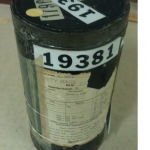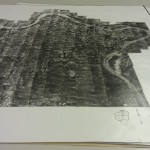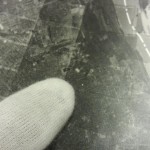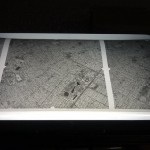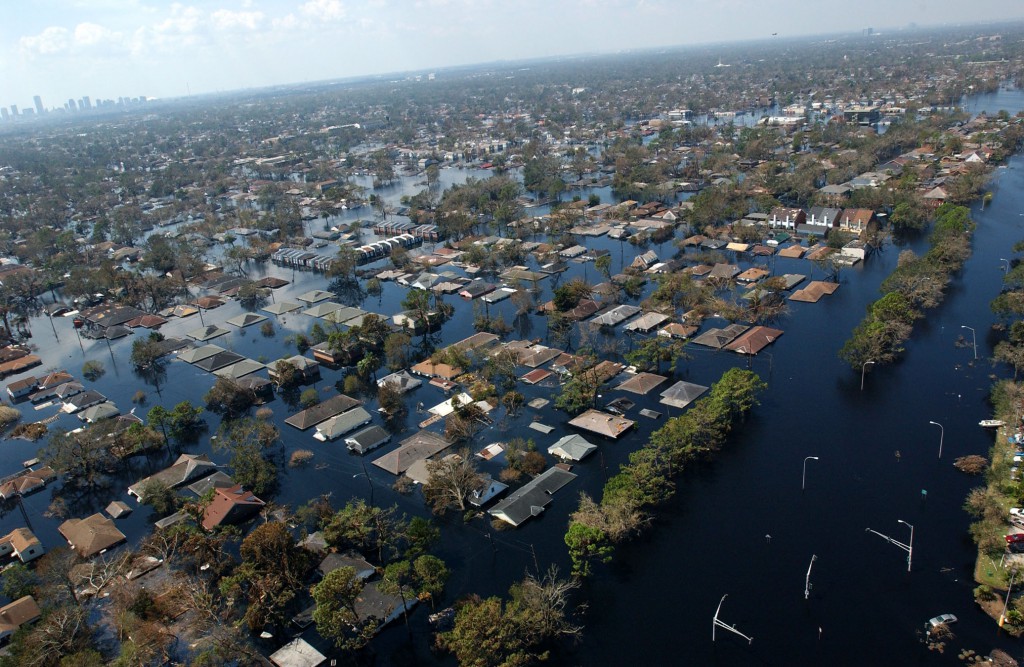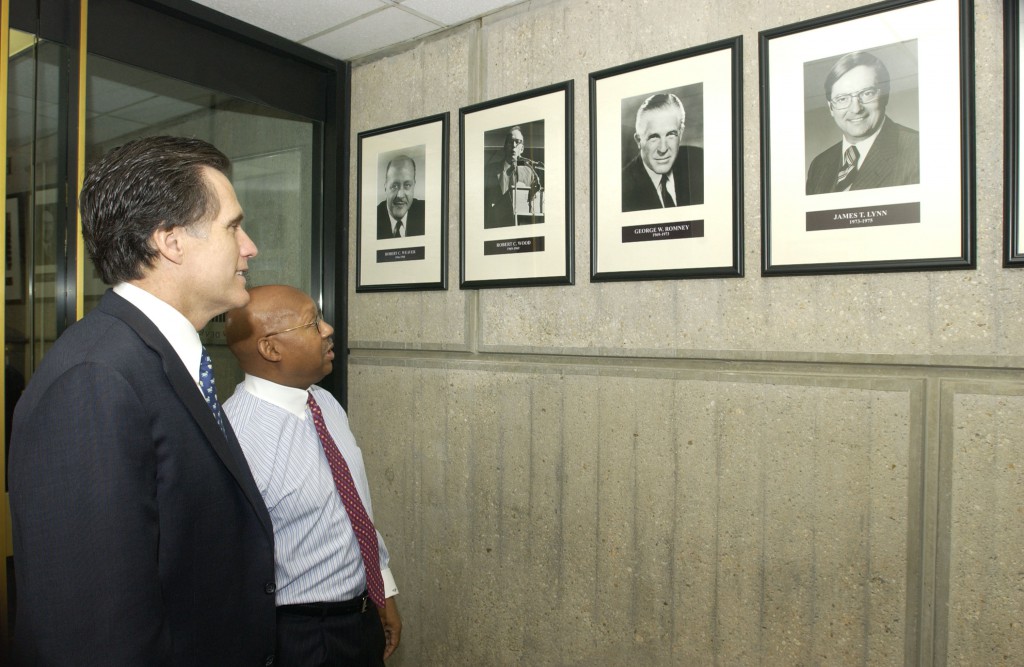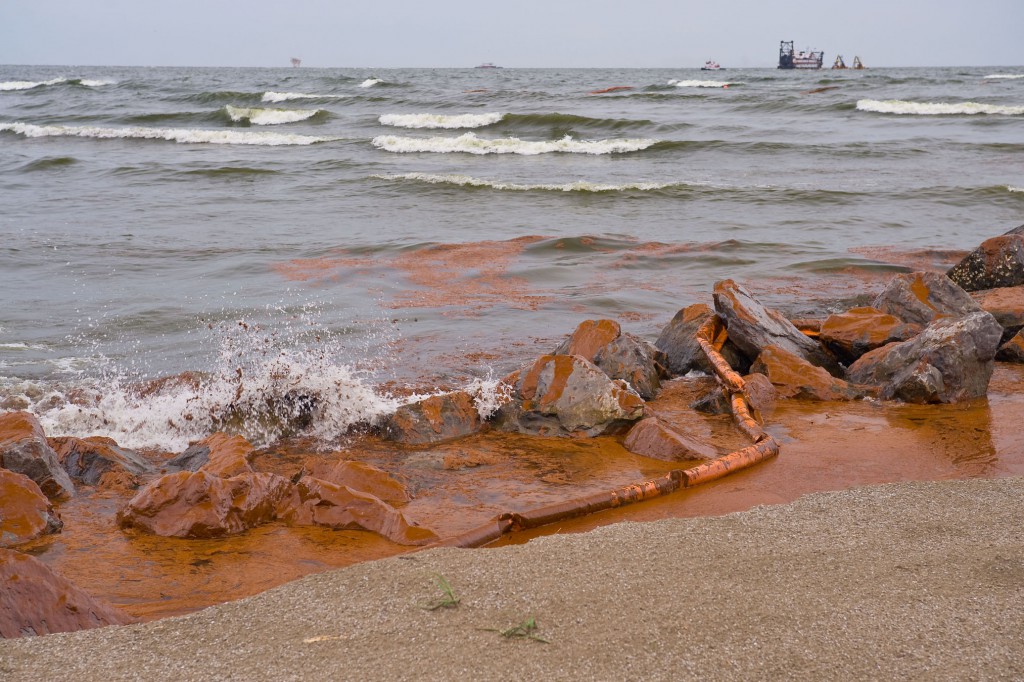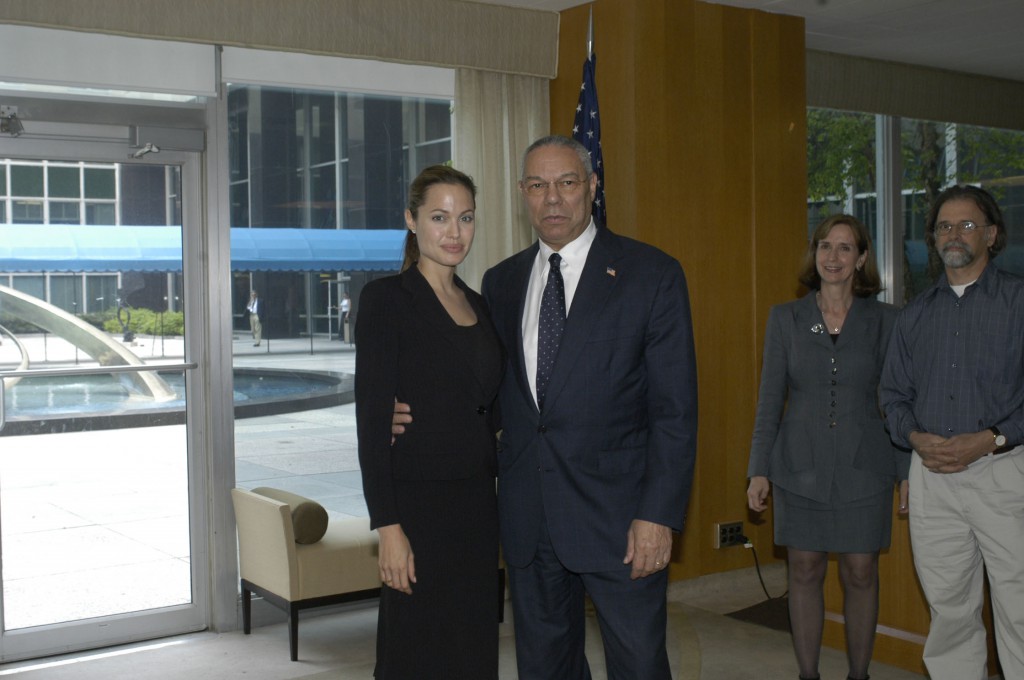Declassified Motion Pictures and Sound Recordings
In an effort to provide information on recently declassified motion pictures and sound recordings the Motion Picture, Sound and Video Branch will publish a quarterly list of newly declassified records. The United States Army (USA), United States Air Force (USAF), and the Department of Energy (DOE) have declassified nearly 200 films and sound recordings in the past few years.
Shah Goes to Moscow (Local Identifier 341-IR-38-56/ARC Identifier 6040018), dated 1956, is an example of one declassified film. It comes from the U.S. Air Force series “Moving Images Relating to Intelligence Reports, compiled 1964 – 1998, documenting the period 1949 – 1958 (ARC Identifier 5964869 / Local Identifier 341-IR) and shows Mohammad Rezā Shāh Pahlavī, the Shah of Iran, as he prepared to leave on a plane to Russia.
Descriptive information for these records is accessible through NARA’s Archival Research Catalog (ARC) by searching for the item number, for example “341-IR-38-56”. You may also search on the Declassification Project Number (NND), if you know one. Searching on the declassification number for Shah Goes to Moscow, “NND 62901”, currently returns four entries that are part of Declassification Project 62901.
A list of declassified textual records is located on the National Declassification Center’s web page. You may also want to visit the NDC blog for more information on declassified records.
As of December 31, 2012 the following records have been declassified.
Motion Pictures:
Army
Local Identifier Title
111-DTCF-65-12 Devil Hole I
111-DTCF-65-14 Elk Hunt I and II (Part 1 and 2)
111-DTCF-65-4 Magic Sword, 1966
111-DTCF-65-6 Big Tom
111-DTCF-66-1 Devil Hole II
111-DTCF-66-6 Purple Sage; Scarlet Sage
111-DTCF-68-50 Speckled Start
319.6 Enclosure to Dispatch C-21-60 from MA/Yugoslavia, R-102-60, (ID # 2153844) (W.O. 31777)
Department of Energy
Local Identifier Title
326.89 Dogs and Dummies in Shelter, Civil Effects Tests 1954
326.90 Apple II
326.91 Weapons Effects Test Grable
326.92 Project 31.1 Conventional and Special Types of Readiness
Air Force
Local Identifier Title
341-G-2 Colom-Bechar: Porte du Ciel
341-IR-38-56 Shah Goes to Moscow (1956)
341-IR-41-58 Soviet Air Capabilities MAR 58
341-IR-42-58 Soviet News Review MAR 58
341-IR-82-49 May Day Parade (5/1/49)
342-AAFCFS-1672 Narco-Synthesis Treatment for Downed Airmen
342-AVA-423 Recovery of the Mayaguez 05/15/75
342-AVR-137 Red Flag Briefing
342-AVR-143 NATO Air Munitions
342-AVR-148 Worldwide Security Police Symposium–The Threat
342-AVR-198 E-3A (AWACS) Orientation
342-AVR-239 Defector: A Soviet Pilot
342-AVR-240 Defector: A Chinese Pilot
342-ER-34 Beginning of a New Era
342-ER-73 IM 70 Weapons System
342-FR-3A Aircraft Nuclear Propulsion Program: Manned Aircraft, 1961
342-FR-8 ARDC Staff Film Report No. 50
342-FR-13 ARDC Staff Film Report No. 52, SEP 58
342-FR-22 ARDC Staff Film Report No. 54, November 1958
342-FR-28 ARDC Staff Film Report No. 55
342-FR-29 ARDC Staff Film Report No. 56, 1959
342-FR-36 ARDC Staff Film Report No. 57
342-FR-38 Air Defense in Operation WEX-VAL
342-FR-58 ARDC SFR No. 61
342-FR-59 Intelligence Briefing, Soviet Air/ICBM Threat to the United States, 1959-1963
342-FR-64 ARDC Staff Film Report No. 62, July 1959
342-FR-117 ARDC Staff Film Report No. 73
342-FR-120 Sino-Soviet Bloc Air Defense
342-FR-134 ARDC Staff Film Report 376, SEP 60
342-FR-138 ARDC Staff Film Report #77, OCT 60
342-FR-146 ARDC Staff Film Report # 79
342-FR-154 ARDC Staff Film Report #80
342-FR-164 ARDC Staff Film Report #82, April 1961
342-FR-169 ARDC Staff Film Report #83, May 1961
342-FR-179 ARDC Staff Film Report #84
342-FR-186 Space Programs – Second Quarter 1961
342-FR-190 AFSC SFR #85
342-FR-319N Air Reconnaissance in Action South Vietnam 1963
342-FR-385 The F-111 Tactical Fighter
342-FR-755 Combat and Support Activities S.E.A./Air Defense in S.E.A.
342-FR-756 Combat and Support Activities 02/01/67
342-FR-759 Riot Control Munitions
342-FR-768 Electronic Warfare Combat Operations in S.E.A.
342-FR-770 Project Rapid Roger
342-FR-899 AFSC Staff Film Report No. 176
342-FR-1031 Foreign Technology Division Annual Activities 1968
342-FR-1036 Electronic System Division Annual Report 1968
342-FR-1041 S.E.A. Combat Activities 10/01/68
342-GDS-82 Israeli Gun Camera Footage (1967)
342-HO-4 Southeast Asia TV Briefing-Intelligence Special 24/01/68
342-PS-36-5/52 Friendly Enemy
342-PS-40-5/52 ARS in S.E.A.
342-PS-67-7/52 Aerial Combat Chase Photography
342-PS-91-0/C Pave Eagle
342-PS-107-7/50 Tactical Air Power in Southeast Asia
342-PS-130-AD-3/C [Homecoming] Feb. 13, 18, 20, 1973
342-PS-130-AF-3/C [Vietnam Homecoming]
342-PS-181-1/C USAF Gunship Operations
342-PS-265-5/52 Homecoming
342-SFP-593 Electronic Countermeasures (Test Facility) 1958
342-SFP-1173 USAF Participation Operation Dominic
342-SFP-1953 Summer Interdiction Campaign (1968)
342-SPR-7-73 Paisley Print Task I, Wright Patterson AFB, OH
342-SPR-5-74 Laser Rangefinder Radar Countermeasure Techniques
342-SPR-21-70 Cosmonaut Training
342-TF-5168 Air Crew Recovery
342-TF-5363 Nuclear Effects During SAC Mission
342-TF-5354A Low Level Mission Techniques-B-47
342-TF-5354B Low Level Mission Techniques-B-52
342-TF-5374 Electronic Warfare
342-TF-5390B Electronic Warfare in Air Defense Command (ADC): Electronic Countermeasure (ECM) Inventory
342-TF-5390C Electronic Warfare in Air Defense Command (ADC): Penetration Techniques
342-TF-5390D Electronic Warfare in Air Defense Command (ADC): Mechanical Jamming
342-TF-5390E Electronic Warfare in Air Defense Command (ADC): Spot Jamming
342-TF-5390F Electronic Warfare in Air Defense Command (ADC): Sweep Jamming
342-TF-5390G Electronic Warfare in Air Defense Command (ADC): Barrage Jamming
342-TF-5390J Electronic Warfare in Air Defense Command (ADC): Communications Jamming
342-TF-5390K Electronic Warfare in Air Defense Command (ADC): The Battle Staff & Electronic Countermeasure (ECM)
342-TF-5390L Electronic Warfare in Air Defense Command (ADC): AJ Console
342-TF-5390M Electronic Warfare in Air Defense Command (ADC): Height Finder in an Electronic Countermeasure (ECM) Environment
342-TF-5390P Electronic Warfare in Air Defense Command (ADC): Mechanical Jamming
342-TF-5746 BMEWS Mission-Men of the Top
342-TF-6768A F-4 Terminex Guided Weapons System
342-TF-6768B F-4 Terminex Guided Weapons System
342-TF-6853A F-111 Weapon System
342-TF-6856 F-111 Weapon System
342-TF-6857 F-111 Weapon System
342-TS-1517 Wild Weasel Equipment – Computer & Missile Equipment (CAMP)
342-USAF-21572 ABCR Warfare Decontamination, Eglin Field, FLA, 9 MAR-11 May 53
342-USAF-21858 Soviet Bombers (May 1954)
342-USAF-21961 CCTF
342-USAF-22189 RB-66 Weapons System
342-USAF-23239 Early Warning Posts Near the Iron Curtain, Schonfeld Germany 5 FEB 56
342-USAF-23397 Project Bird Dog Edwards AFB, CA
342-USAF-23569 Keystone in Pacific “Okinawa Briefing”, 1955
342-USAF-24110 Weapon System 123A (GOOSE) 1956 Report
342-USAF-24356 Project Hiran Manila Air Station South Cay North Danger Island South China S.E.A.
342-USAF-24457 Anti-Jamming Techniques
342-USAF-24659A F-102 News Report No. 2, May 1956
342-USAF-24871A Soviet Industry
342-USAF-25206 Phase II Flight Tests of the Boeing XB-52, NOV 52 – MAR 53
342-USAF-25757 Monticello (All Weather Day & Night Radar Photo Mapping System)
342-USAF-26306 White Lance – GAM 83 (Navy Bullpup) Annual Guided Missile Review
342-USAF-26350 The B-70 Weapon Introductory System
342-USAF-26724 Application of High Energy Fuels to Aircraft Gas Turbine Engines
342-USAF-27691 Bio-Science, Studies in Advanced Vehicles, Discoverer, Mice
342-USAF-27712 Quail Newsreel (GAM-72) Prototype Tactical Missiles Fly (1958)
342-USAF-27915 Salvage, Nose Cone Recovery, 4 December 1958
342-USAF-28944 MG-13 Radar Countermeasures Part II, Operating Techniques, March 8, 1961
342-USAF-29761 JCS Visit Lowry
342-USAF-31344 Lightweight Turbojet
342-USAF-34359 Human Factors Test Experimental Stress Project
342-USAF-36721 C-123B Crash, Nakhon Phanom, Thailand, 14-16 April 1963
342-USAF-36807 Discoverer History (1956 – 1961)
342-USAF-37223 F-111 Progress & Development 6 JUN 62 – 24 JUN 64
342-USAF-38216 The U.S. Crime of Bacteriological Warfare – The Evidence (Documentary)
342-USAF-38536 Air Rescue Udorn AB & Nakhon Phanom AB, Thailand, June 1965
342-USAF-38666 Target Selections & Air Strike Control RVN NOV 63 – JUN 64
342-USAF-40328 Rice Bowl Tan Son Nhut AB, RVN, 11 DEC 1965
342-USAF-41673A Wild Weasel S.E.A. 22 SEPT. 1966
342-USAF-41853 Blind Bat S.E.A. OCT 66
342-USAF-42172 Tiger Hound 8/22/66
342-USAF-42172A Tiger Hound 17 SEPT. 1966
342-USAF-42295 First B-52 Mission at U-Tapao 10-11 April 1967
342-USAF-42417D S.E.A. Air Strikes
342-USAF-42488 Rapid Roger
342-USAF-42605 Combat and Support Activities S.E.A. (Air Defense in S.E.A.) 16 NOV. 1966
342-USAF-42675A Air Strikes, RVN April and JUN 1967
342-USAF-43123B Muscle Shoals, RVN, 1968
342-USAF-43123D Muscle Shoals, RVN, March 1968
342-USAF-43123E Muscle Shoals, FEB-MAR 68
342-USAF-43565 Muscle Shoals DOO: 1968
342-USAF-43565A Muscle Shoals
342-USAF-43565B Muscle Shoals, Nakhon Phanom RT AFB DEC 67-JAN 68
342-USAF-43565G Muscle Shoals, 9 Dec 1967 – 3 May 1968
342-USAF-43607B Gunship II, Nha Trang AB, RVN, December 1967
342-USAF-43747 Muscle Shoals, March 1968
342-USAF-43747A Muscle Shoals, April 1968
342-USAF-43747B Muscle Shoals S.E.A.
342-USAF-44142 Muscle Shoals, 16 May 1968
342-USAF-44142A Muscle Shoals
342-USAF-44142B Air Strikes, S.E.A. April-June 1968
342-USAF-44582 POW Life in NVN
342-USAF-44826 Gunship II 9954-Gun Boat 5 June 67
342-USAF-45085 Photo Mapping in S.E.A.
342-USAF-45591 Commando Nail, RVN OCT 1967
342-USAF-46188 Nimrods (Nakhon Phanom, RTAFB, Thailand, July 29 – Aug. 12, 1969)
342-USAF-46215 A-16 Today, Southeast Asia, 1, 3, 9 NOV 69
342-USAF-46216 A-1 Air Documentation and VNAF AC 47′s S.E.A.
342-USAF-46510B Pave Pronto, Ubon RTAFB, Thailand
342-USAF-46623B Pave Pronto – 28 December 1970
342-USAF-46623C Pave Pronto – 28, 29 December 1970
342-USAF-46623D Pave Pronto – 30 December 1970
342-USAF-46623E Pave Pronto – 31 December 1970
342-USAF-47458 Operation Niagara Tan Son Nhut AB, Vietnam 23 MAR 69
342-USAF-47741 Minuteman 1B Launch and Blow-Up Vandenberg AFB, CA 16 SEPT. 1966
342-USAF-48372A Laser Guided Evaluation Armament Developing & Testing Center -Eglin AFB, FLA. 10 JAN – May 1970
342-USAF-49004 F-4 Crash Site
342-USAF-51212 Anti-Satellite System, 20 SEPT 1967
342-USAF-60316 B-52 Hound Dog Launches, Eglin AFB, FLA; 7 FEB 1973 – 16 JUL 1973
342-USAF-60402 Laser Effects Kirtland AFB, NM; 15 AUG 1972
342-USAF-60402A Laser Effects Kirtland AFB, NM; 15 AUG 1972
342-USAF-60403 Laser Gun Kirtland AFB, NM; 19 SEPT. 1972
342-USAF-60406 Laser Briefing Film Kirtland AFB, NM March 1973
342-VBP-8 Spike FAC – Ubon RTAFB, Thailand; 3 May 1971
342-VBP-9 Wolf FAC, Ubon RTAFB, Thailand; 1 April 1971
342-VBP-33 Pave Pronto 2 February 1972
342-VBP-82 Pave Pronto – Best of the Week (AC 130 Gunship Night Ops); 16-22 March 1972
342-VBP-113 Pave Aegis, Ubon RTAFB, Thailand; 12 March 1972
342-VBP-219 AAD-5 Introduction and Employment, Udorn RTAFB, Thailand; May – June 1973
342-VCR-6011 Commando Vault, Cam Ranh Bay AB, RVN, 1971
342-VR-FS01-508 Mayaguez Control, Sub Title; Operation Rescue-Mayaguez
342-VR-FS01-509 The Recovery of the SS Mayaguez
342-VR-FS01-511 SS Mayaguez Recovery (Armed Surveillance, Spectre 11, 21, 31) 13-15 May 1975
Sound Recordings:
Army
Local Identifier Title
319.1 319.53 Army Civil Disturbance Planning Conference, 1968
319.3 Exit Interview with BG Glenn J. Collins, MC 0022687, SURG, 44TH MED BRIG
319.5 Exit Interview with Col. James W. Thompson, MC, 072651, CO, 43RD MED GRP, 44TH MED BDE, (NHA TRANG) 31 JUL 68
319.13 Command Readiness Presentation to Chief of Staff
319.15 Speech by BG Blakefield: “The US Army Intelligence Command”
319.50 Command Briefing: LTC Gillette 21 JUL 67
319.52 Farewell Address of MG McChristian (ACSI-DA), Ft. Holabird, MD 30 APR 71



 How did I become so well-acquainted with our 33rd president? I’ve never met him and I’m no presidential historian, but I do work in the
How did I become so well-acquainted with our 33rd president? I’ve never met him and I’m no presidential historian, but I do work in the 















